
Top 10 Collaboration Tools in 2022
Collaboration has officially replaced teamwork as the word to describe how people work together to accomplish amazing results in less time. While personal relationships obviously still matter, collaboration tools create the framework where people can share ideas and information quickly and without traditional face-to-face meetings. With new apps popping up daily, it can be difficult to keep up. To help, we’ve covered the leading collaboration tools being used now, what they do, and why it might be time to give them a whirl within your organization.
Before we get started, some important questions. Are your network infrastructure and bandwidth ready to handle a lot of data? Do your employees understand how to uphold your IT policies and protect critical data within new collaboration tools? What level of user support is needed to implement and integrate collaboration software? In the mad rush to try out the latest, greatest innovative technology, users may steamroll right over critical IT policies and innocently erode network performance.
Progress is coming whether your company is ready or not. According to an IDC study for ATT&T, one-third of small to medium businesses have already adopted collaboration tools and another third are planning to do so by the end of 2018. Make time to review which tools work best for your organization, carefully review the possible security holes, and then test the load on your network performance to ensure a smooth flow into employees who are able to work smarter and faster without risk. The HP Enterprise blog has some great tactical tips for managing the increased load on your network’s bandwidth without an insane financial investment.
Top 10 Collaboration Software by Category
Project Management Collaboration Tools
Project management software is necessary for keeping team projects moving forward and on deadline. All these tools have some form of document tracking, resource management, project review and status views, team calendars, and space for discussions and idea-sharing.
Asana
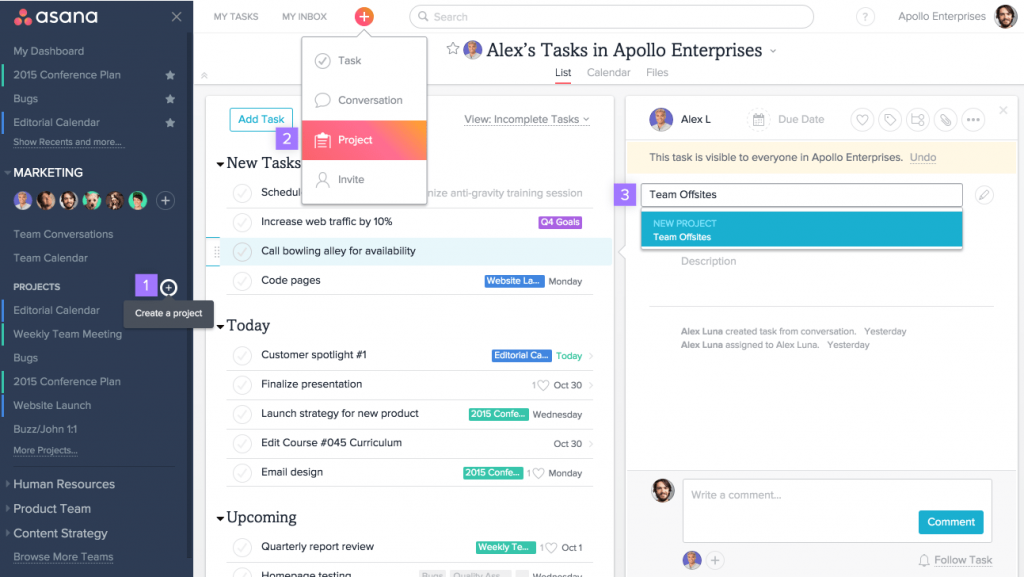
Software with a clean visual look that’s great for small to medium teams. Offers flexible project tracking views, templates, reports, team calendars, timeline tracking, and views of goals and milestones that are simple for everyone to see. Asana offers the option to add custom project fields and integrates with 100 other tools to avoid re-work. There is an admin tool that restricts user access by project area to protect sensitive data points.
Trello

Trello’s boards, lists, and cards make it super easy to arrange the view at the individual level to make it meaningful for each team member. The interface is very colorful and visually appealing with incredibly flexible “cards” to set up in any flow or format preferred. Each card can include comments, attachments, images, other app inputs, checklists, really anything for a robust view all in one place. Trello offers “power-ups” or integrations with other tools throughout the software to ramp up speed and infinity sync so data is available whenever and wherever you are. Created by the software giant, Atlassian, who also produces Confluence so they know a thing or two about collaboration.
Of special mention, look at Wunderlist and Wrike, two new up-and-comers to help your team easily wrangle projects to fruition.
Communication and Presentation Collaboration Tools
Skype

Text, calls, chat, video calls, screen sharing options, and Skype abounds with a plethora of modalities we humans need to communicate. Excellent for meetings, training sessions, and whiteboarding with a group, Skype’s ability to offer simple-to-use tools is the hallmark of this collaboration tool. With reasonable international plans, it’s also one of the best tools for global teams to come together.
Slack
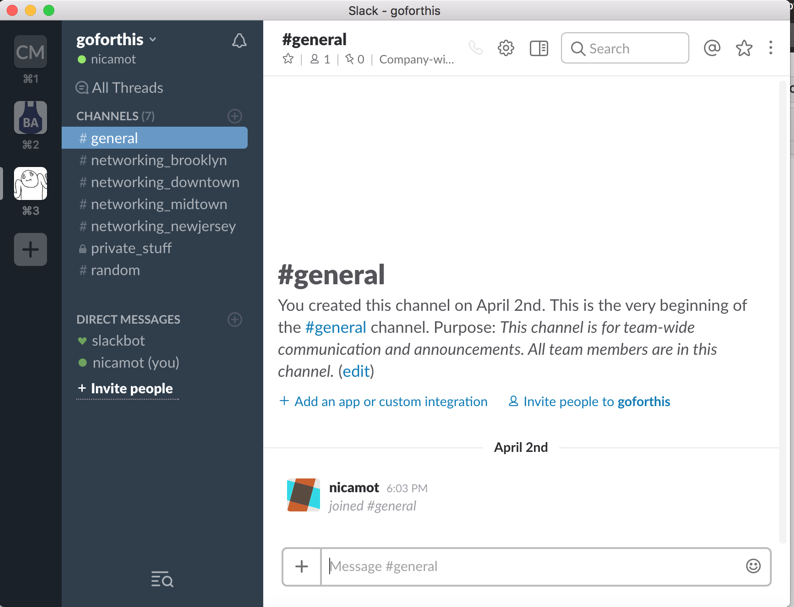
Slack became famous as an instant messenger product, but that’s not all there is to it. It also serves as a centralized, searchable archive making quick work of finding and organizing the umpteen communications and files sent within an organization. Slack’s uber-smart search brings team file sharing and communications together into a single organized dashboard taming the information overload beast.
GoToMeeting
Conduct meetings online from anywhere on any device, that’s what GoToMeeting is all about. GoToMeeting can host group meetings with video, audio, and screen share capability that’s super-easy to set up and invite anyone to. Meetings can also be recorded, both audio and video, to create an archive available to share. Integrates easily with Outlook and other calendars for advance-scheduled meetings. An excellent tool for remote teams, training sessions, or anyone that works with a team they don’t physically see every day.
Swipe
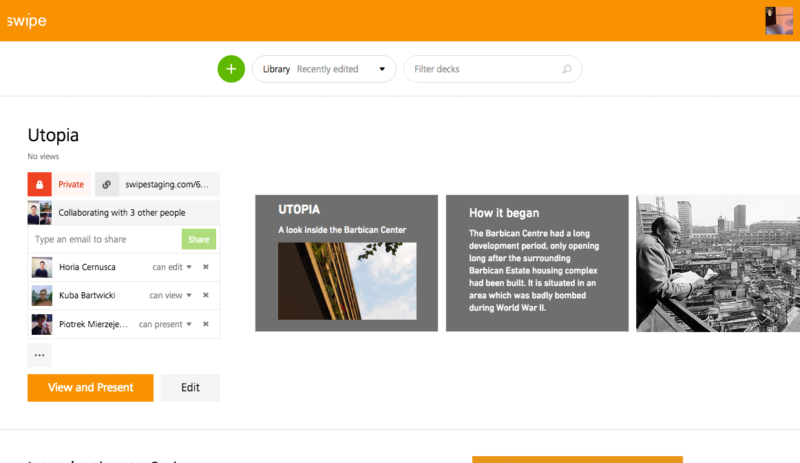
PowerPoint move on over for Swipe! Also, a Microsoft product, that’s coincidentally free, it’s a non-designer’s dream. Swipe’s effortless drag and drop functionality makes it easy to create eye-catching online presentations with any file type you can imagine. The best feature? The ability to include real-time polls in the presentation and collect feedback from the audience right away is pretty darn awesome.
The runner-up mentions going to Fleep for messaging and Microsoft Sway for presentations.
Notes / Lists Collaboration Tools
Evernote
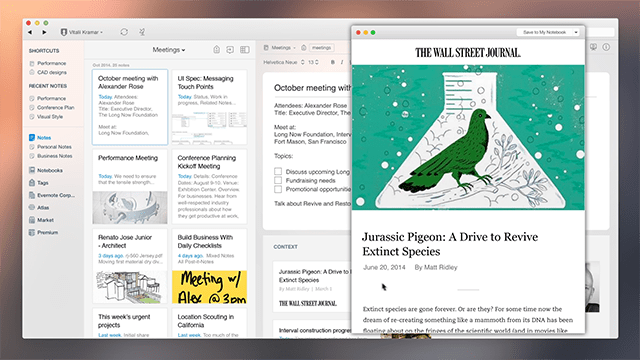
For copious note-takers get ready to throw your notebook away. Evernote’s flexible format and bright visual layout is easy to read and has countless options to get all your thoughts down in one place. Just a few of its amazing features: search for words across all notebooks and in image files, paste notes to Evernote without navigating away from other apps, video and hand-written notes, and there’s even a way to use Evernote as an email box. It’s the most robust note tool on the market and well worth a look.
Google Keep
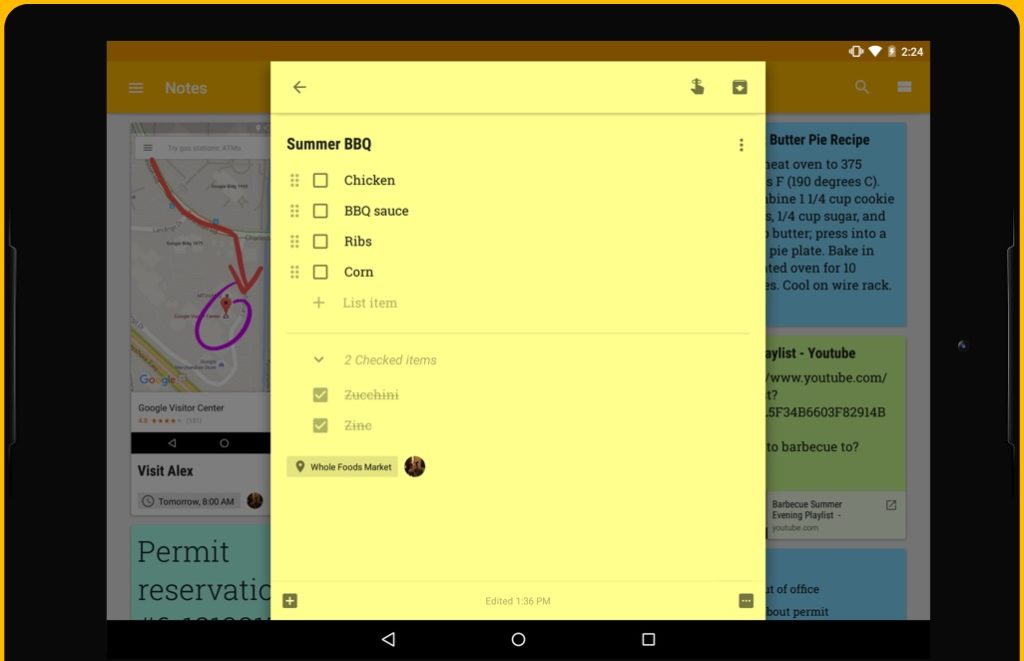
Google has an app for everything and the beauty is they all work together seamlessly. For any Google-heavy collaboration environment, Keep is the best choice for sure. Widget-based premise and layout make it easy to move notes around and view them in many different views. Adding labels allows for quick access but aren’t necessary since the search tool finds things in a snap. Add images, links, video, hand-written notes, you name it, Google Keep can capture your thoughts however they come to you.
Another winner, One Drive and One Note are included in most Microsoft Office environments making it a secure option for internal teams.
Document Management Collaboration Tools
Google Drive
Another great option for Google-heavy collaboration teams. Drive stores documents, images, video, and is built alongside Google Docs and Google Sheets so no need for Microsoft Office licenses. Takes the drudgery out of uploading files by allowing for multiple selections at once, and its super-fast so no time wasted watching the upload timer spin. Setting up folders is a breeze and can be shared with anyone or restricted only to invited users for privacy. Free and uses the power of Google with all their integrated apps for a powerful collaboration suite.
Zoho Docs
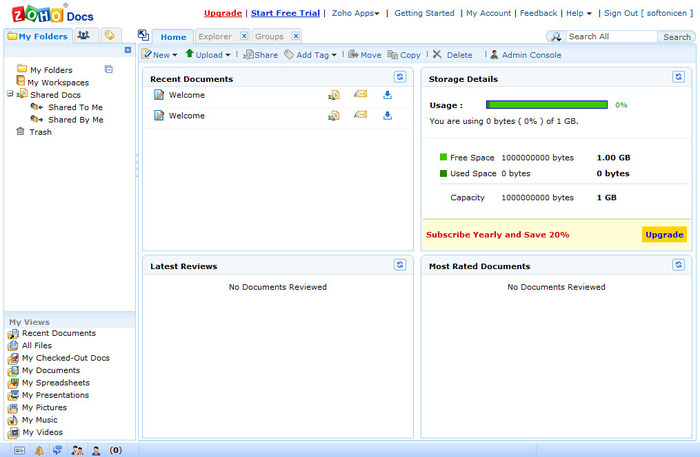
Zoho docs is just one of the vast collection of apps offered by Zoho. They offer everything businesses need all in one product. From project management to accounting, inventory, bug tracking, and of course document management to keep everything straight. Zoho Docs also offers Writer, Sheets, and Show to avoid Microsoft licensing needs. With top-notch support always available Zoho has quickly become a leader in the collaborative tool workspace.
Bonus: A tried and true performer DropBox offers secure document and image management from anywhere on any device.
How to Take the Leap
Collaboration software has changed the way we work forever, and that’s a good thing. If your company is ready to take the leap, but you’re nervous about the impact to your IT infrastructure, policies, and security, engage an IT support team experienced in total network security and business continuity to lead the way into the future.

IT systems are foundational to modern businesses. Too often, that foundation is unsteady. Unpredictable outages, insecure networks, and unreliable performance from mission-critical systems can jeopardize your entire business.
There’s a better way. Learn how.
Get in touch with us for a free consultation with one of our technical experts. We’ll review your current systems, assess your needs, and identify the coverage options to best meet them.
Get in touch with us by phone:


